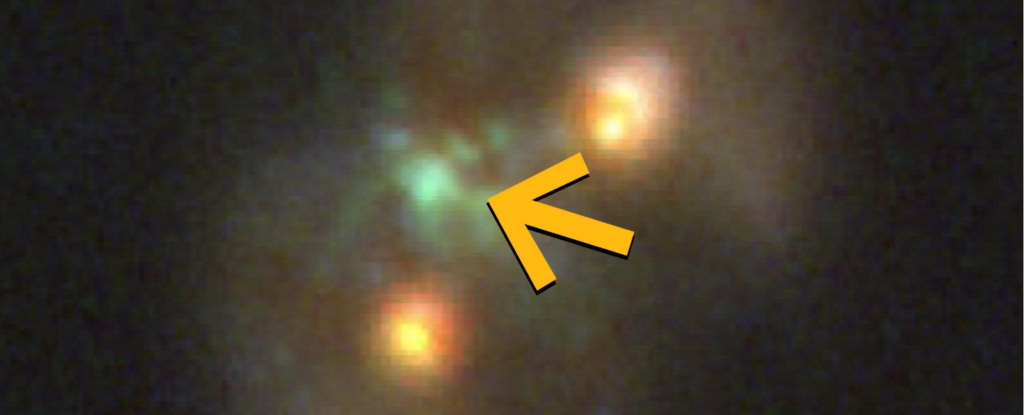T4K3.news
Milky Way Andromeda collision expected
New study suggests the two galaxies will merge in about 2.5 billion years, reshaping our cosmic neighborhood.
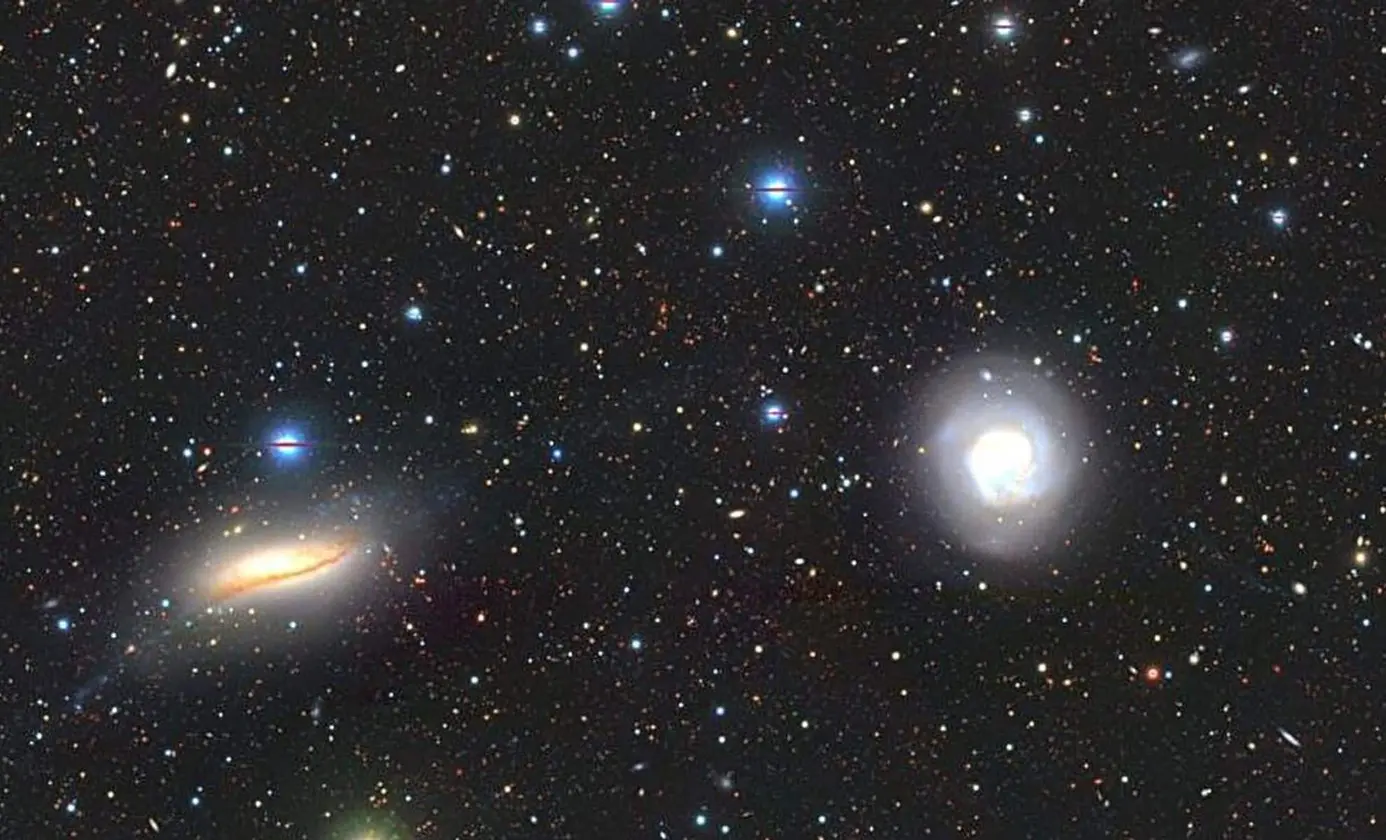
A new analysis shows how the Milky Way’s future merger with Andromeda could reorganize our galaxy and its satellites.
Milky Way Andromeda Collision Shapes the Universe
A study from the University of Queensland, part of the Delegate survey, explores the Milky Way’s fate in a future merger with Andromeda and the fate of their dwarf satellites. The researchers estimate the collision will occur in about 2.5 billion years and use comparisons with distant systems such as NGC5713 and NGC5719 to show how large galaxies interacting with their satellites can form structured, coherent systems rather than chaotic star clouds. This work helps refine ideas about galaxy formation, dark matter, and cosmic structure by examining how organized satellite systems arise during mergers.
The authors also ask whether the Milky Way and Andromeda form a typical pair or an outlier among galaxy groups. They point to tensions between observations of local galaxy groups and the most advanced cosmological simulations, especially regarding where dwarf galaxies sit and how they arrange themselves around their hosts. By studying nearby analogues, the team hopes to improve models that predict the outcomes of major mergers and the evolution of satellite systems in the universe.
Key Takeaways
"The Milky Way will merge with Andromeda and their respective smaller dwarf galaxies in the next 2.5 billion years"
Direct quote from Dr. Sarah Sweet about the merger timing
"We will test whether the Milky Way and Andromeda Local Group is a poster child or a cosmic outlier"
Prof. Helmut Jerjen on typicality
"Understanding our galaxy’s likely future helps us refine models of galaxy evolution"
Dr. Sarah Sweet on the purpose of the research
"There is persisting tension between local galaxy group observations and the world’s most sophisticated cosmological computer simulations"
Dr. Sarah Sweet on simulation limits
The research highlights a key challenge for cosmology: simple simulations may miss important patterns in how galaxies and their satellites settle after a merger. If dwarf satellites often align in planes or follow orderly motions, models must account for such dynamics and possibly revise assumptions about dark matter distribution. The findings push scientists to test whether the Local Group resembles a common pattern or a special case, which matters for applying lessons from one galaxy system to the wider cosmos.
Yet a note of caution is essential. One study cannot rewrite cosmology. The debate over typicality and the role of detailed physics means more data from other galaxy groups is needed before we redraw the field’s standard models. The work invites patience and a readiness to adjust theories as new observations come in.
Highlights
- The universe writes notes in gravity’s language
- The Local Group may be a rare ballet rather than a common routine
- Understanding our galaxy’s future helps refine models and maps
- Observations and simulations still disagree, and that matters for cosmology
The cosmos keeps revealing that patterns matter more than alerts and bravado.
Enjoyed this? Let your friends know!
Related News
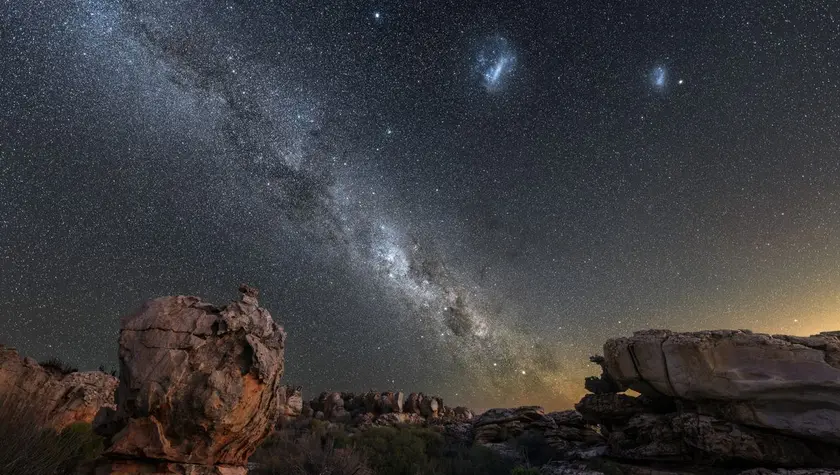
Astronomers reveal how far you can see with the naked eye
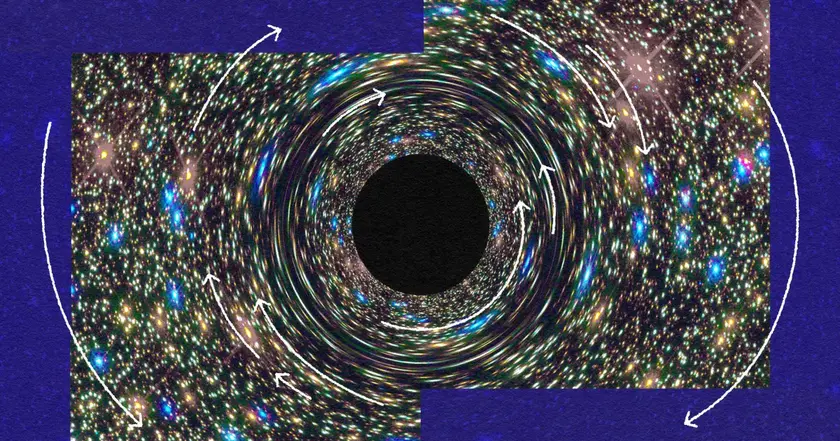
Cosmic Horseshoe Reveals Heaviest Black Hole Yet
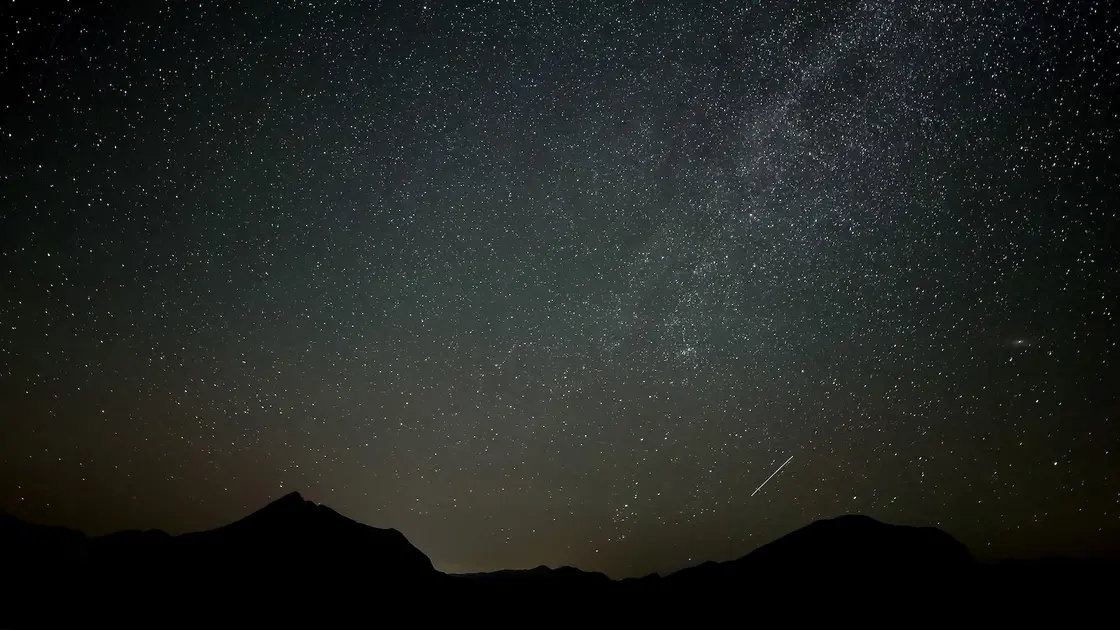
Three meteor showers peak in late July
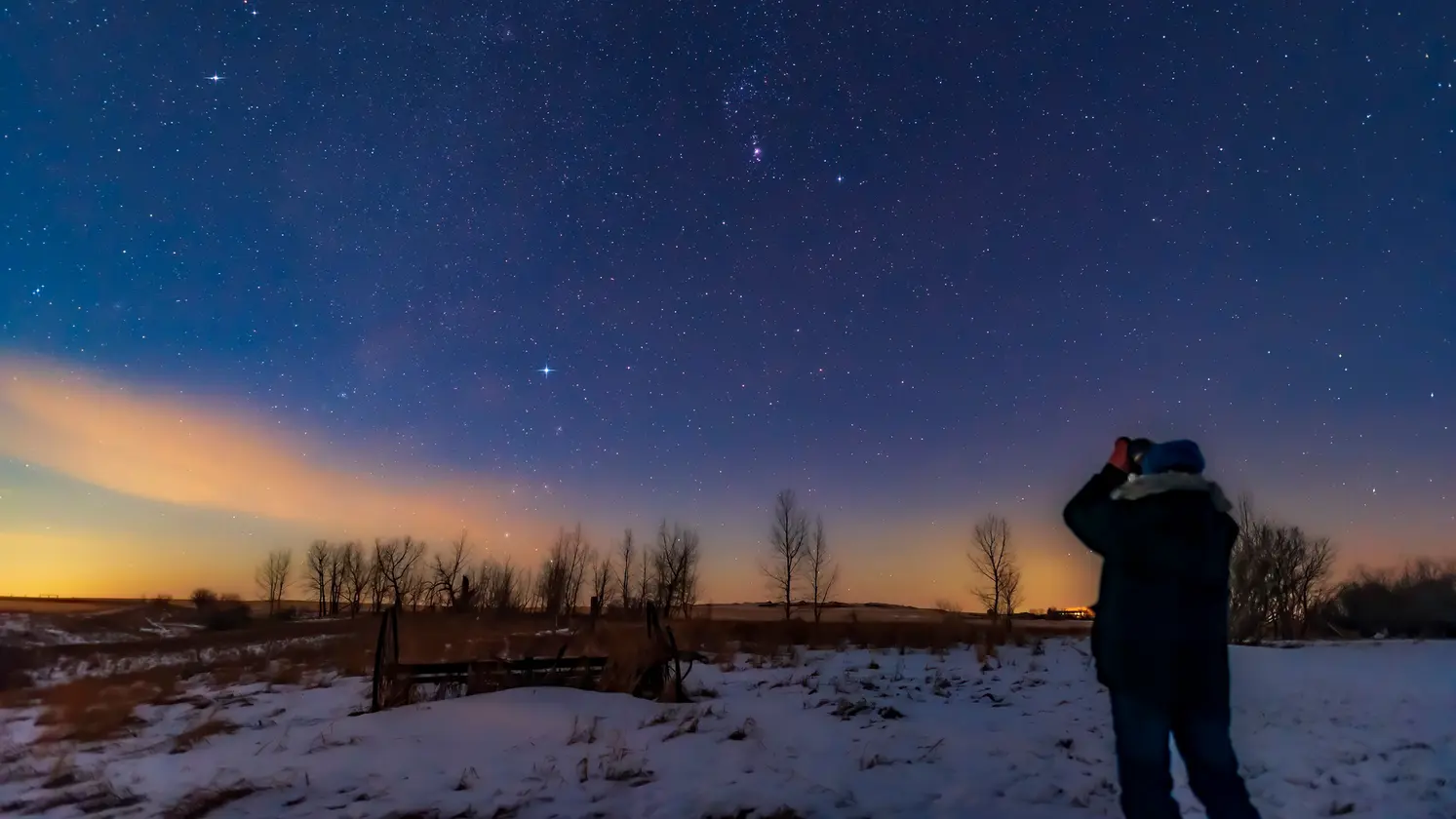
Best celestial sights for stargazing announced
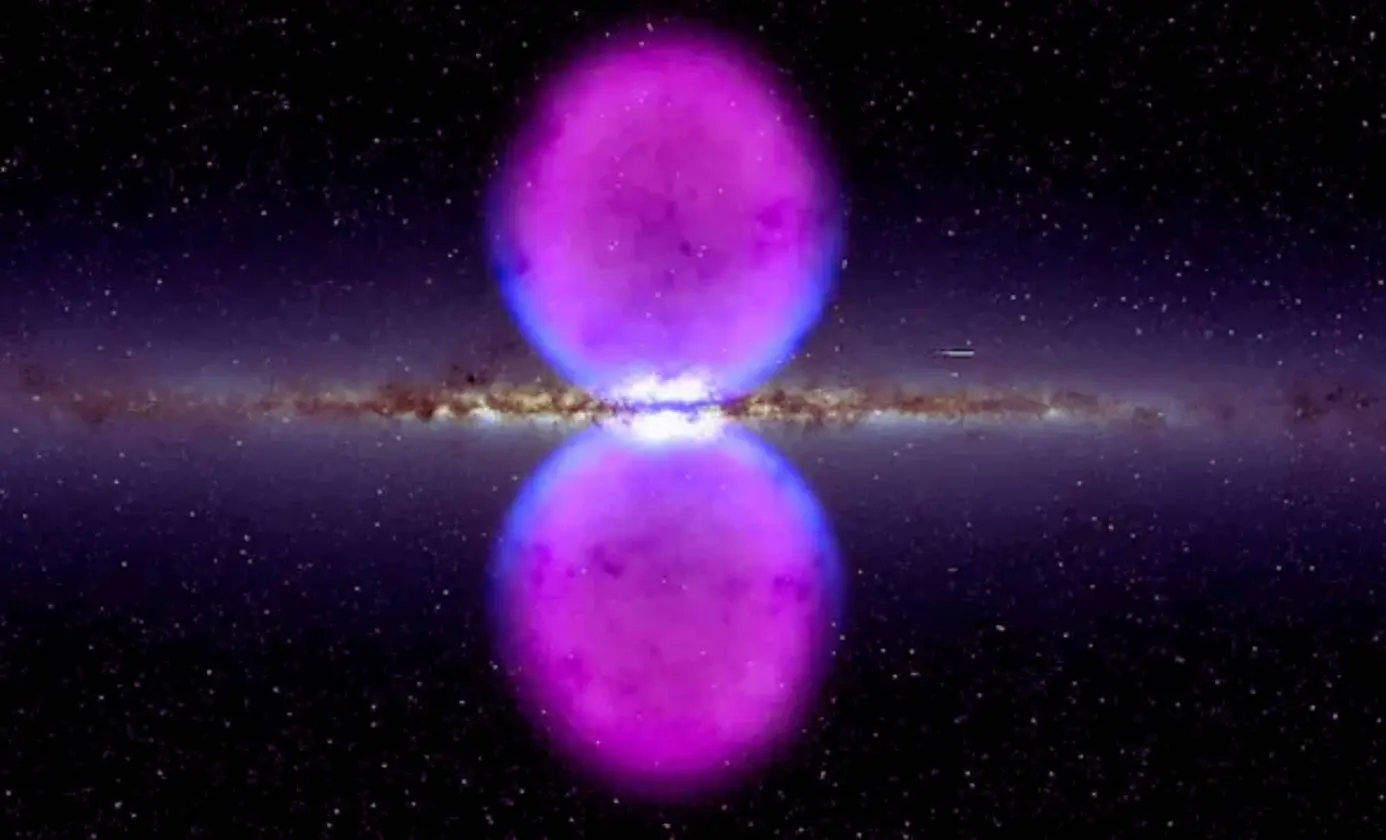
Ice Cube Clouds Signal Recent Milky Way Outburst
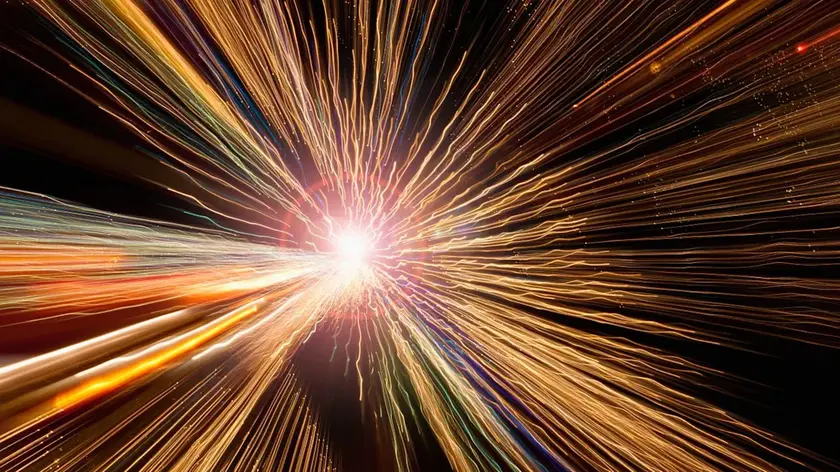
Researchers recreate universe's first molecules
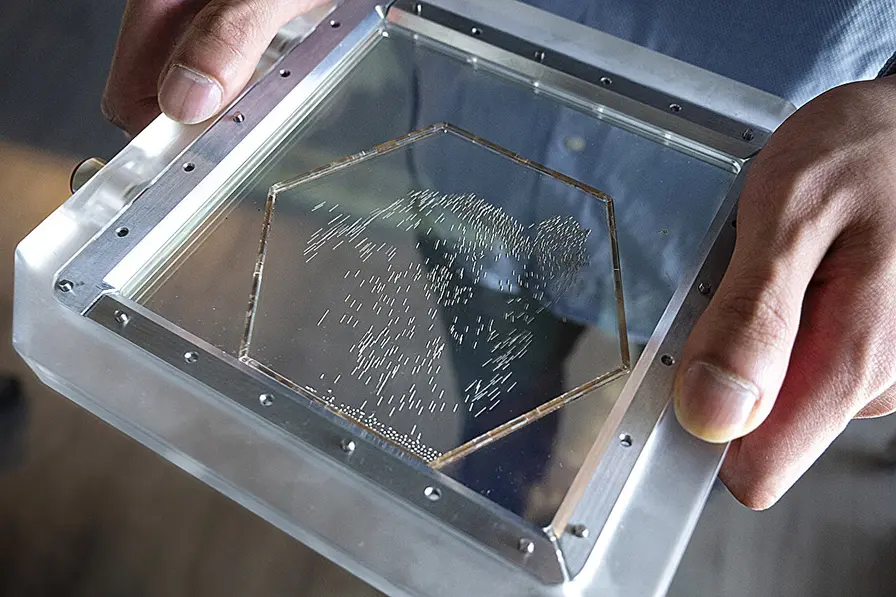
New research shows particles can act faster in crowds

Babygirl illustrates complex female desires
